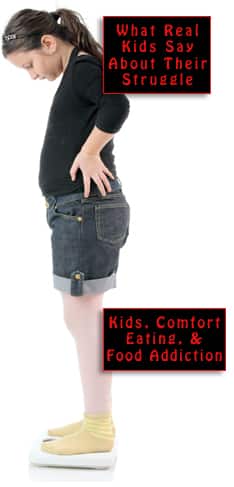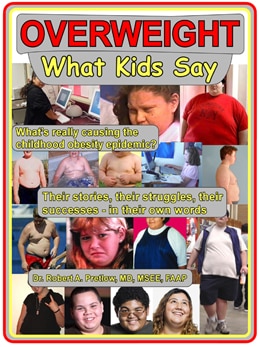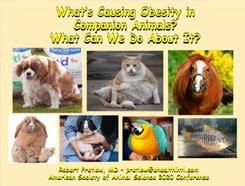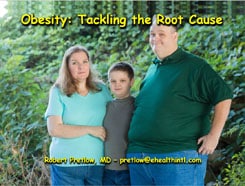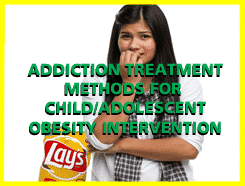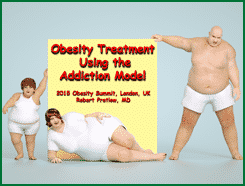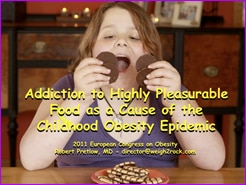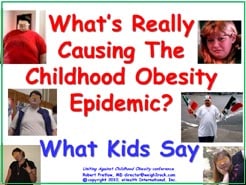The Absorption of Morton Downey

Morton Downey was previously mentioned by Childhood Obesity News in connection with his list of 104 different factors that have been implicated in causing obesity. In an earlier post, we touched on the “obesity villains” with more obvious and straightforward financial roots, like government policy regarding agriculture; advertising that targets children; and snack-vending machines in schools.
For several years, Downey served as executive director of the American Obesity Association, and then for two years as executive vice president of the Obesity Society. One of his successful missions was to convince the IRS that, for the purpose of filling out individual income tax forms, weight-loss treatment expenses should be deductible.
Concerning obesity, his “list of putative causes” page has disappeared from the internet, but it once included these words regarding the large number of factors that have been suggested as contributory to widespread obesity in the contemporary scene:
First, is there some problem with the research methodology that so many and diverse potential causes are identified? Second, are a number of named putative causes symptoms or manifestations of underlying, deeper causes? And what are those? Third, to what extent are identified putative causes reflections of local, regional, ethnic or cultural factors?
Downey’s point was that most of the suspected obesity villains in our lives really have very little to do with the energy balance formulation that the world has become accustomed to accepting. He suggested that there is more to obesity than the traditional calories-in, calories-out paradigm that has become so taken for granted.
The Downey Obesity Report website was acquired by another site, ObviouslyFat.com, that apparently has not made much use of Downey’s material, since his name appears only once in the entire website. But it seems to have been founded very recently, like earlier this year, so maybe more of his writings will eventually emerge.
The new site, which has a very frank fat acceptance vibe, appears to exist specifically to direct customers to obesity-oriented products, of which it has compiled quite a variety. There are guides to mobility scooters, heavy-duty stepladders, and 6XL knee braces. There is specialized patio furniture. Some of the products are very personal, like shower chairs, toilet seats and wiping aids, of which at least five different brands exist.
Others items appear quite useful for the active heavy person who needs a beach chair, hammock, kayak, surfboard, or above-ground pool ladder made to scale. Also, there are sleep aids, from heavy-duty air mattresses to a bed that can support 3,500 pounds. Apparently, there also exists a plus-size chair with convenient holders for up to six beverages.
The page that contains 15 fashion tips for men looks very useful. The main rule is to stay away from baggy clothing and go with the closer-fitting duds instead. And for heaven’s sake, choose decent shoes. Clothing and shoes of course make up a huge category, including a belly band holster touted as the “top concealed carry method for fat guys.”
Your responses and feedback are welcome!
Source: “The Putative 104 Causes of Obesity Update,” DowneyObesityReport.com, 10/22/15
Source: “Downey Obesity Report Acquisition & Merger — Find Out The Latest,” ObviouslyFat.com, 2021
Image by Tim Pierce/CC BY 2.0










 FAQs and Media Requests:
FAQs and Media Requests: 